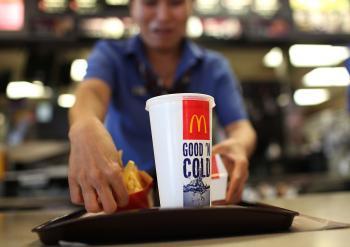A series of earthquakes, dubbed aftershocks by experts struck Monday night near the U.S.-Mexico border in San Diego County shaking a large area of Southern California causing no major apparent damage, according to local officials the Southern California Earthquake Center reported.
The largest of the moderate earthquakes occurred at 9:26 PM (PDT) on Monday, June 14, 2010, the magnitude 5.7 event occurred 8 km (5 miles) east southeast of Ocotillo, Calif., the hypocentral depth is 5 km (3 miles), according to the Earthquake Center.
The earthquake could be felt throughout Los Angeles County, the LA Times reported. Facebook and Twitter users sent photos of spilled merchandise in grocery stores and the Blue Jays-Padres game was briefly interrupted, but there were no reports of serious injuries or significant damage.
The other earthquakes raging from magnitude 1.0 to 4.1 also struck the same area, according to the California Geological Survey.
The earthquakes were all aftershocks of a 7.2 earthquake that rocked Mexico’s Baja California peninsula April 4, according to experts.
In April, the magnitude 7.2 Baja California earthquake occurred approximately 40 miles south of the Mexico-USA border and killed at least one person and buckled roads in the border cities Mexicali and Calexico.
The principal plate boundary in northern Baja California consists of a series of northwest-trending strike-slip (transform) faults that are separated by pull-apart basins. The faults are distinct from, but parallel to, strands of the San Andreas fault system. The April 4 main-shock occurred along a strike-slip segment of the plate boundary that coincides with the southeastern part of the Laguna Salada Fault, according to the California Earthquake Center.
“I don’t think it’s that unusual,” Thomas Jordan, director of the Southern California Earthquake Center at USC, said for the LA Times about the series of quakes that rattled that region Monday.
He also reported that the northern end of the fault where the Mexican quake struck has been very active in recent months.




Friends Read Free